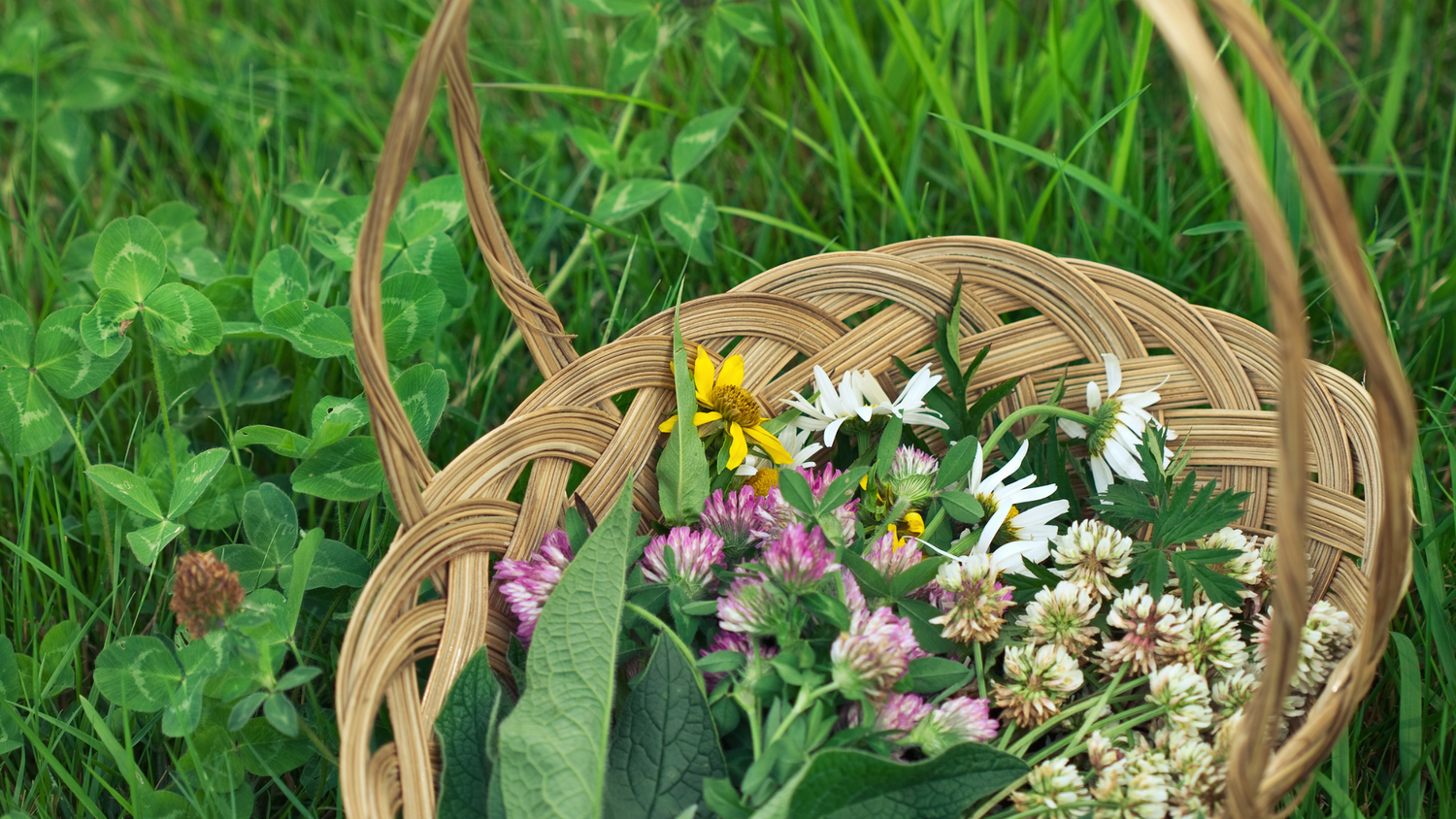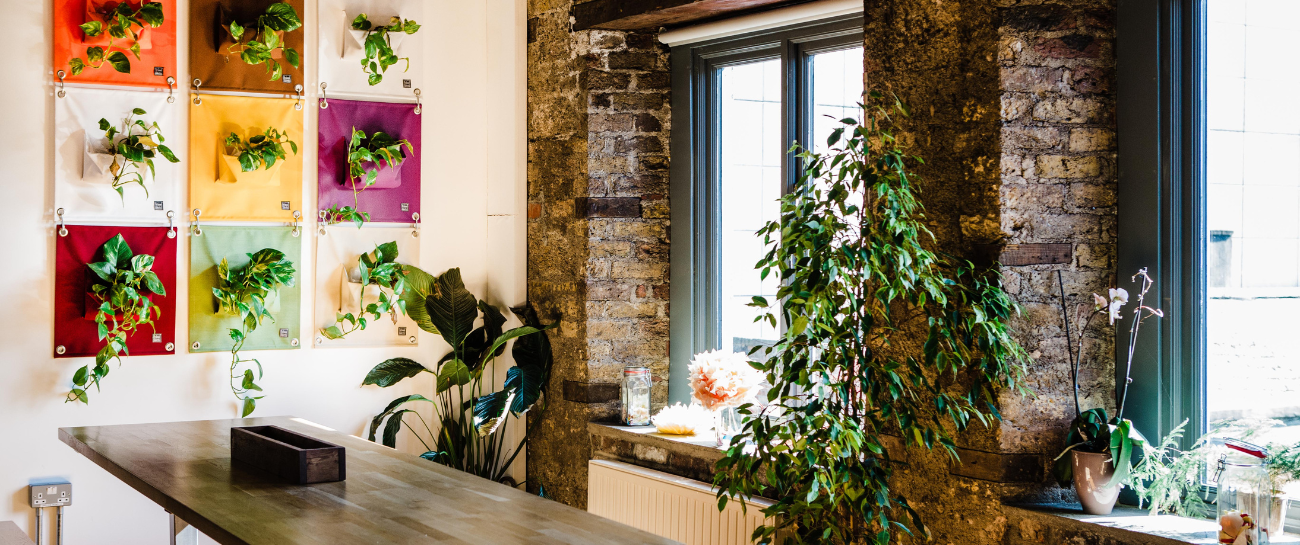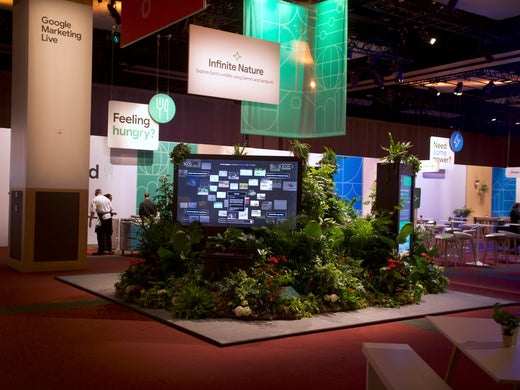
In 2019, a survey by YouGov showed that Irish people declared environmental broadcaster David Attenborough as the most-admirable man on earth. Teen activist Greta Thunberg travelled across the globe to host climate change conferences and the global shift to veganism rose higher than ever before.
It’s clear that sustainability is more than just a trend.
It’s now part of our every lifestyle and it’s here to stay.
But how do we extend our eco habits from our homes into our gardens?
Whether you have a small balcony or a large backyard, our guide will help you turn your outdoor space into an eco oasis.

Keep It Real
As the weather is getting warmer, our indoor and outdoor plants are now starting to show new signs of growth! Unfortunately, with this new growth can often come plenty of pesky visitors such as whitefly, greenfly, ants, aphids, fungus to name a few!
To get rid of these unwelcome visitors in an eco-friendly way, we suggest nixing the poisonous toxic chemicals in lieu of a natural alternative.
Here are a few of our favourite bio pest repellent recipes, using ingredients you may already have at home:
- Mix 2 tsp of soda bicarbonate/ baking soda/ bread soda with 1 litre of water. Spray all over leaves. Wash off after a few hours and allow to dry well.
- Combine 25g of garlic, chilli and ginger with water ½ litre of water. Let it sit for a few hours, strain and spray once per week.
- Store onion skin, peel and ends in a container with warm water for up to 1 week. Strain and transfer liquid to a spray bottle. Dilute with water as needed and use weekly.
- Add 1 tsp of cinnamon powder to 2 cups warm water and allow to steep overnight. Strain using a coffee filter and add to a spray bottle. Spray affected stems and leaves directly.

Put Waste to Work
Did you know that you can reduce your home waste by as much as 35% just by composting kitchen and garden waste?
Composting has incredible benefits for you, your garden, your home and the earth.
Known as "gardener's gold," compost enriches soil fertility by giving it a shot of high-powered, plant-loving nutrients. The addition of rich and earthy compost also improves soil texture, aeration, and water retention.
Those new to composting might be understandably nervous and unsure of where to start. We love this beginner’s guide by Stop Food Waste.

Grow Your Own Produce
Growing your own vegetables can be a great way to help the environment and also save some pennies.
Another bonus is that you can choose organic produce and won’t have to rely on supermarkets and shops to get your veg intake.
If you are feeling particularly adventurous, GIY has an excellent guide on the best vegetables to grow in Ireland however, if you are looking for a simple place to start, we suggest herbs.
Shop bought herbs are one of the biggest culprits of non-recyclable plastics. They often come in trays or pots covered in plastic or else just in a plastic bag on their own.
The good news is that you can grow your own from home and you don’t even need a garden to do so, a windowsill will do!
To start, you will need deep pots with decent drainage holes to allow extra water to drain away, as herbs don’t cope well with excess water. You will also need good quality compost.
User-friendly herbs, and ones that are commonly bought in the shopping, are good choices to grow. These include sage, rosemary, basil, parsley and thyme.

Reuse and Upcycle
Upcycling is where you find items such as an old bag or anything as strange as a shoe and then find a new use for it rather than throwing it away.
In doing so, you are creatively reusing items which in turn helps the environment reduce its waste.
The environmental benefits of upcycling are mammoth, aside from minimizing the volume of discarded materials and waste being sent to landfills each year, it also reduces the need for production using new or raw materials which means a reduction in air pollution, water pollution and greenhouse gas emissions.
With gardening specifically, we’ve found that you can save on buying new plant pots or containers by reusing pots where you can for seed sowing and repotting.
Stuck for ideas? Here are just a few creative upcycling ideas for your garden:
- An old saucepan can be transformed into a proud table centrepiece.
- Discarded metal items like a strainer can happily hold a plant
- Old spoons bent into a hook can be used to hang your plants
- Old jam jars can create beautiful planters for cacti or succulents.
- Old tyres of all shapes and sizes can be used as an outdoor vegetable or plant pots.

Reduce Your Water Usage
We can all tread a little lighter on the planet by taking a few moments to re-evaluate our watering habits to eliminate inefficient practises that wastes water.
Adopting a few smarter practices will do much to stretch out your supply, especially during dry, hot spells in the summer.
Harvesting rainwater is an inexpensive and effortless way to capture mineral and chlorine-free water for hydrating your outdoor space as well as washing cars or windows.
All it takes is some guttering and a few barrels or a tank. Rather than have roof drip lines be a bane to our existence and gardens, they can help us collect massive amounts of water every time it rains.
Spreading a layer of slate, pebbles or stone chippings on the surface of flower beds can also help retain moisture in the soil. Apply mulches in mid to late spring, once the ground has warmed and while there is still plenty of moisture in the soil.

Encourage Wildlife
There are lots of ways to introduce microhabitats into your garden, providing a diverse range of homes for insects, invertebrates and animals to shelter and feed as nature intended.
Lawns, especially areas that are left to grow a little are perfect for insects and minibeasts, as well as an eating ground for the birds that feed on them.
Plant borders and bushes populated with native flowers and shrubs provide a rich source of food for butterflies and bees, as well as seeds, berries and shelter for small mammals and birds.
Trees and hedges also offer shelter and cover for mammals and nesting sites for birds to raise their young.
Water features and ponds provide the perfect habitat for an array of wildlife from amphibians and minibeasts to bathing birds.
If you enjoyed this blog, why not check out some similar posts:
- 5 Indoor Plants That Can Boost Your Wellness & Happiness at Home
- Upcycling- Get Creative
- New to Plant Parenthood? A Beginner’s Guide to Caring for Your Houseplants
Before You Go, Let’s Connect on Social!
Don’t forget to follow us across Instagram, Facebook, Twitter & Pinterest. We share plant care tips and facts throughout the week!
@plantstoreirl





